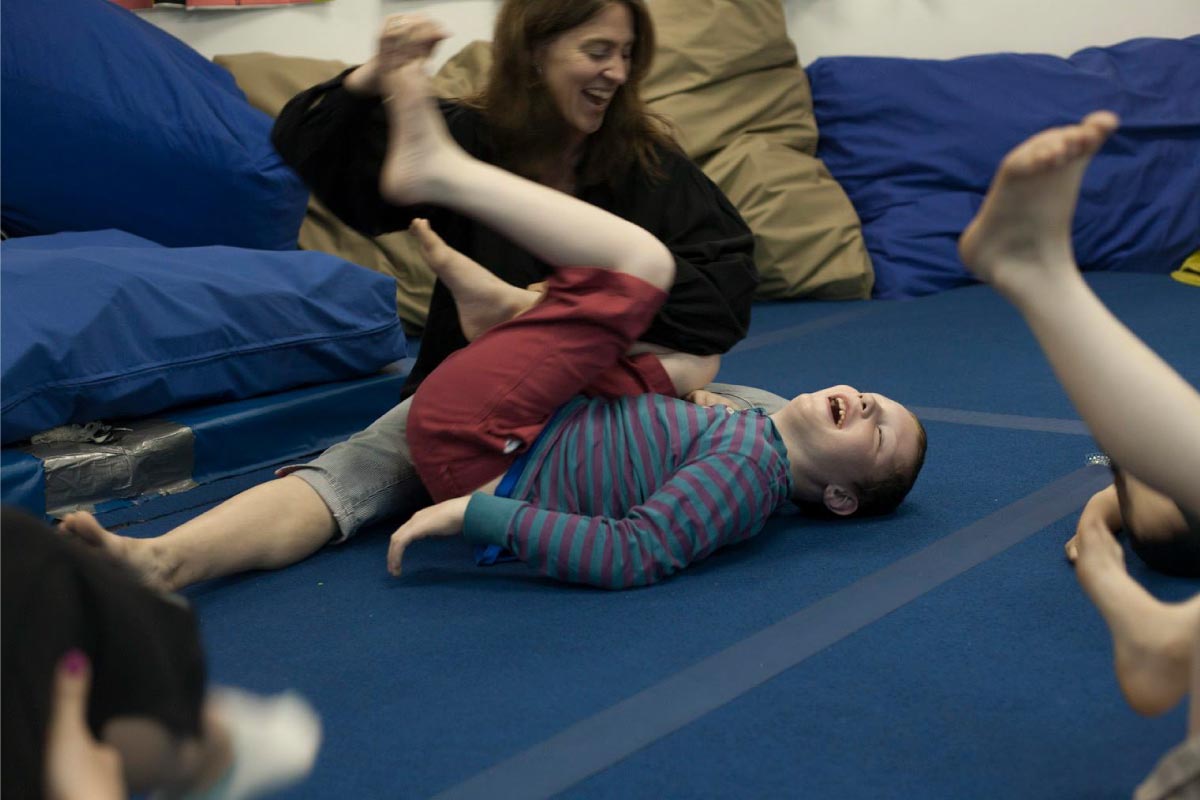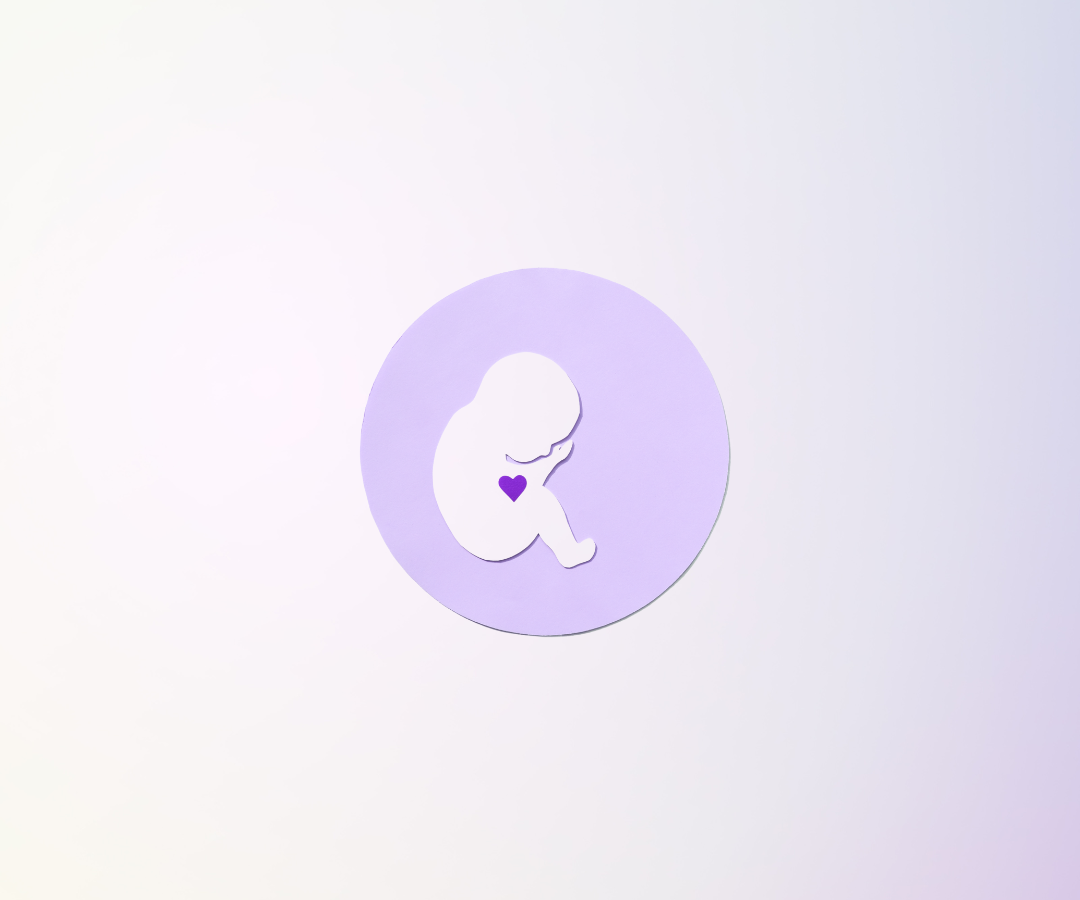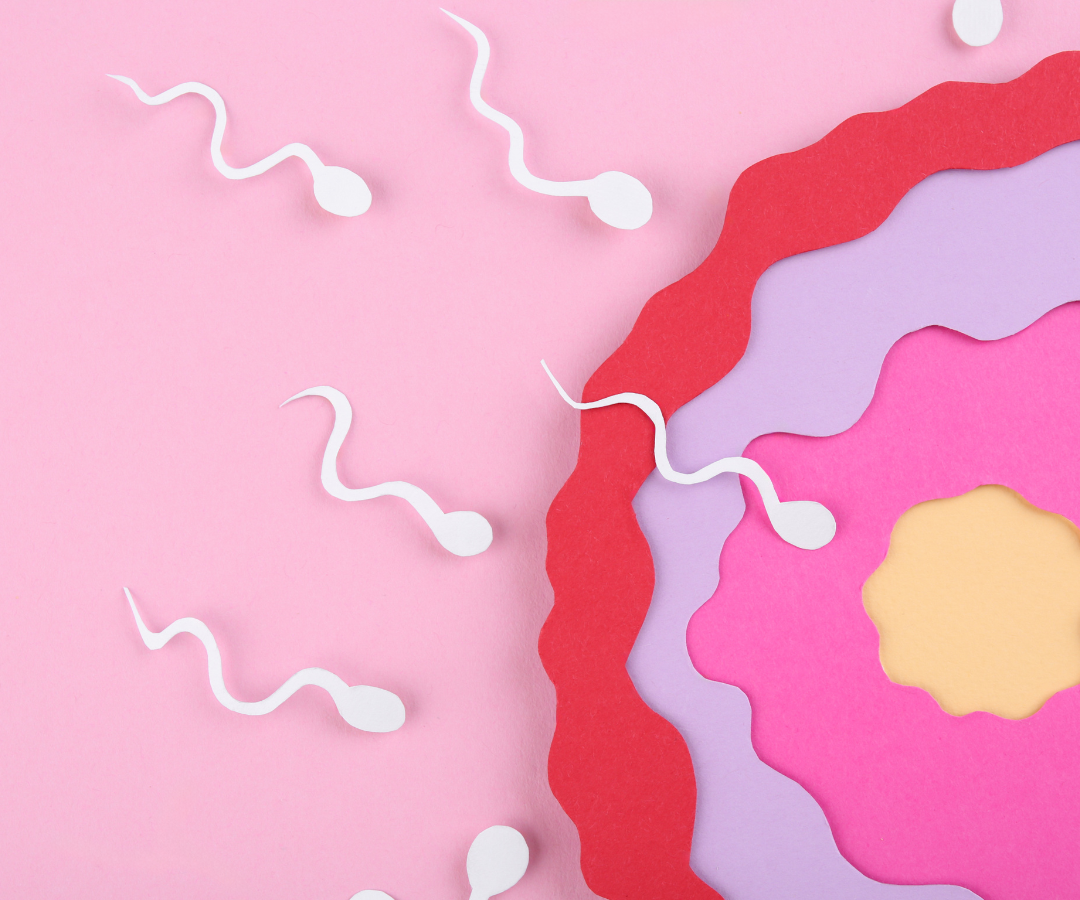How Disability Shows Us We Are All Connected
Novelist Eliza Factor shares the beautiful, wrenching story of her son Felix
Eliza Factor is a New York novelist and the founder of Extreme Kids & Crew, a New York City community center where children with disabilities and their families can play, connect, and learn together. She recently published her first autobiographical book, Strange Beauty: A Portrait of My Son. In it, she tells the story of her son Felix, who lives with cerebral palsy and autism, and their journey together. The book is a moving meditation on what brings us all together.
Kate Rope: Why did you write this book?
Eliza Factor: Felix deepened and challenged my understanding of language, community, violence, exhaustion, love, and beauty. I wanted to write about what I learned from him. I also wanted to create a portrait of a person who, as far as I can tell, lives and thinks and experiences the world mainly outside of language, a place I find particularly intriguing [because] I'm a writer who is so often steeped in words. People like Felix are often characterized as simpletons, but he is as deep and contradictory and compelling a person as anyone I know. He doesn't fit into the boxes into which we try to put him. Few of us truly fit into those boxes.
I also wanted to write a book about disability for people not dealing with it yet. I say "yet," because almost everybody eventually grapples with disability, whether it's their own, or the age-related disabilities of their parents, lovers, so on. I wanted to give an intimate view into this world that many are afraid of – to take away some of the fear and share some of the wonder. I've been really happy with the response so far. One editor gave it to his girlfriend who decided she wanted to become a physical therapist after reading it. People who don't have kids have been really receptive – one even told me that it made him want to be a father.
KR: Tell us a little bit about realizing how different Felix was from other babies.
EF: We were too busy with therapy, doctors, and hospital visits to socialize. When he was about 9 months old, I realized how alone we had become and organized a gathering of other parents and their babies – and that's when his difference really hit home. It was hard. I saw all the things that he could not do and all the ways he was cut off from others. All of a sudden, this child who was so full and complete and perfect in the confines of our home seemed lacking, unformed. All sorts of complicated painful emotions rose up in me – shame, guilt, sorrow – I write about that in detail in the book.
KR: When did you begin to move through those initial emotions to a place of greater peace?
EF: Probably around the time he was 2. By then we had learned that significant areas of white matter in his brain had died in utero, but that he would be OK. In other words, he did not have a degenerative disease. We also knew that he would remain "moderately to severely disabled" throughout his life.
I would watch him move around the house on his walker, or I'd look at his eyes when he was examining a doorknob. It was clear that he was fascinated by the world and engaged with it, and that his life was just as big as mine – or sometimes bigger. We were impressed by how he was coping with his situation, with great humor and energy and chutzpah, so we followed his lead.
KR: You write very beautifully in your book about how we all experience disability in our lives. What do you mean?
EF: When I first was coming to grips with my son being what is termed a "moderately to severely disabled" person, I kept stumbling over the word disability. What did that mean? The Americans with Disabilities Act defines disability as a physical or mental impairment that substantially limits one or more major life activities – language so vague as to be universal. Don't we all struggle with major life activities? Surely I have blanked out in tests, walked into the fridge, had a hard time breathing, not to mention my daily difficulties finding my keys, distinguishing left from right, remembering names. As for walking and talking, it's said that we are all born disabled, and most of us die that way. No one is born with the ability to put on clothes and talk in complete sentences. Disability is a condition we move in and out of.
Disability also has a significant social component. For instance, if your culture requires a highly curious and energetic child to sit still at a desk for eight hours a day, and this child instead tips over her desk and runs around the room in spite of disciplinary action, the child's inability to control herself becomes a disability. If this same child were required to run around, hunt, dig, climb, memorize the names of plants, she might be able to do these things and would not be considered disabled.
KR: You created Extreme Kids & Crew, a place where kids like Felix and their families could experience life without societies definitions and limitations.
EF: Yes, our play spaces are very free, for all types of bodies and minds. You don't have to do anything in particular. You can swing, laugh, roll, hum, draw, spin, sing, and be whatever you want as long as it's safe. It's a real joy being in a place where you can be your fullest and most relaxed self.
I sometimes think of disability as the messiness that we carry around with us inside, displayed on the outside. In other words, when you have a disability, your messiness is out. When you are in an accepting place, like Extreme Kids, with a lot of people with their insides on the outside, it's moving and powerful. This sort of environment works as an elixir on me, energizing me and giving me courage.
KR: Can other people replicate what you have done with Extreme Kids?
EF: Parents write to me every now and then and ask how I set up Extreme Kids, so I made a DIY Toolkit. It includes an essay about what I learned from running it as well as more nuts-and-bolts things, such as insurance, equipment, what worked and what didn't, and so on. It's not a blueprint. A vibrant community should spring from the location where it's formed, but hopefully our experience can help others by demonstrating that such a project can be done and is worth doing.
KR: What can communities like this achieve?
EF: That wonderful relief of realizing that you're not alone – which is important for every member of the family because disability never affects only one person. Communities like this can also reverse some of the downsides of disability by transforming isolation into connection. The particular duress and insights that raising children with disabilities entails can bring parents together, breaking down barriers that often separate us, like color, culture, class, and our own abilities.
Coming together through disability allows us to expand our circle of friends and understand the world and our place in it more deeply. We all need other people to help us. We're all interconnected. Once we see that disability is part of life, it becomes less scary and more normal. We begin to see that the dance of helping and being helped holds our world together.











